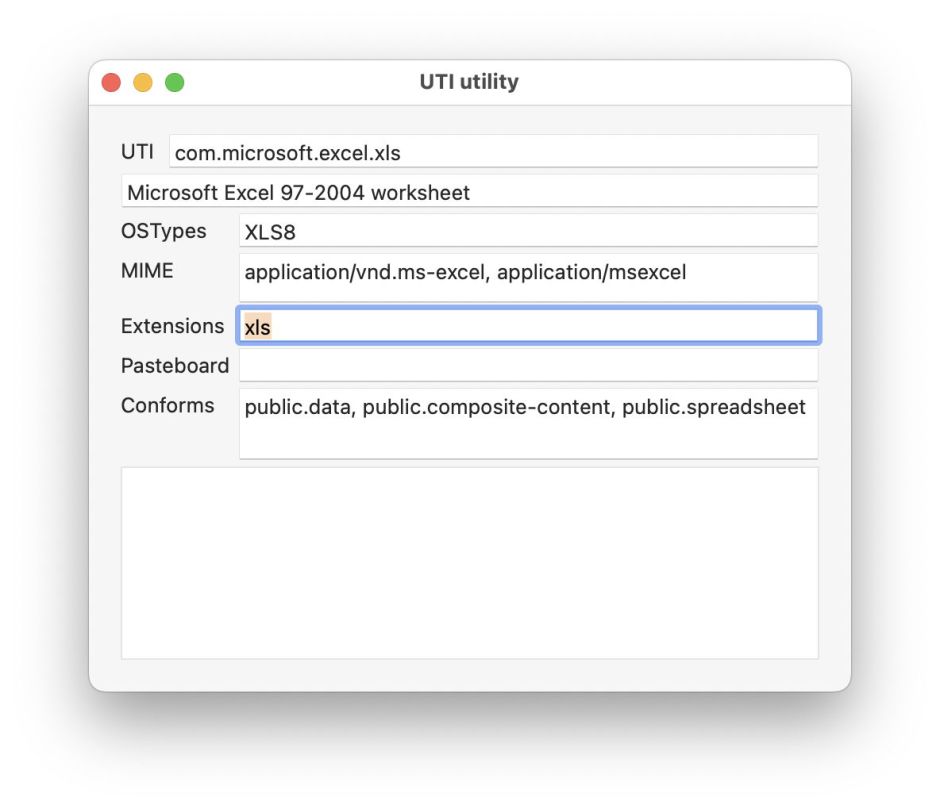Viewing metadata in the Finder
The Finder can display more information about files than their size and datestamps, and for some types of file can extend to a lot of useful metadata. These are shown in the Preview pane containing the file’s QuickLook thumbnail, in the Get Info dialog, and some can be added to the columns shown in List View. This article explains where those come from, and how you can customise what the Finder displays.
Metadata collection
Within a second or two of a new file being created, or an existing file being saved, Spotlight’s indexing services analyse that file and extract both metadata and, where possible, content to be added to that volume’s indexes. Metadata that is common to most or all files, including datestamps, and the contents of any extended attributes, that might include titles and keywords, is indexed separately from that extracted from a file’s contents.
In between those are metadata embedded in file data. They’re specific to certain types of file, for example EXIF metadata that is commonly included in images, so are extracted by the specialist mdimporter for that file type, then incorporated into the indexes on that volume.
Finder display
When you select an item in a Finder window showing the Preview pane (typically in Column View), two chains of processes are started. One calls on QuickLook to return the thumbnail to be displayed in the upper section of the Preview pane, the other starts a metadata query at a high Quality of Service (25, userInitiated), which is passed to SpotlightServer, and access to that data is checked by TCC. Once approved, the metadata is returned from Spotlight to the Finder to populate the Information section below the thumbnail.
Information displayed in the Preview pane depends on that available in the indexes, the type of file, whether the list is set to show more or less, and the Finder’s settings in its Show Preview Options command in the View menu. That displayed in a Get Info dialog undergoes similar processing, to populate its More Info section in particular, although those don’t appear to come with any options.
Preview Options
To a degree, the user determines which fields are displayed in the Information shown in the Preview pane, although Apple doesn’t mention the key setting involved. Select the file, ensure the blue text to the right of Information is set to Show Less, then open its Preview Options using the Finder’s View menu.
Here are my current Preview Options for all Image files, which only include a single item from EXIF metadata, the Content Creator (which is duplicated in the list of options). While that window is open, those are the only items shown in the Preview pane.
When that Preview Options window is closed, the Finder immediately reverts to its comprehensive list, including many of those in the EXIF metadata, until you click on Show Less.
It’s only when the Preview pane is showing less information that your Preview Options are applied, and they’re now used the same for all types of Image.
These are the extensive Preview Options for this CorelDRAW document with a cdr extension, although here they’re claimed to be for a file archive because of a clash in extensions. This list is derived from the mdimporter provided, and correct for CorelDRAW files. Unfortunately, this window is too tall to be accommodated on the display, and doesn’t scroll.
When set to show more information, all non-empty fields appear in the list.
With less information showing, the list conforms to that set in its Preview Options.
To confirm the list of metadata, we can usually inspect what Spotlight should have indexed from that file.
Discovering metadata
In Terminal there are two ways to list the metadata for a file. The first is to interrogate Spotlight with the commandmdls filename
which should list all attributes with their values, except indexed content such as text tokens.
The other method using mdimport does something subtly different. Enter the commandmdimport -t -d2 filename
for a file with the path and name filename, and you’ll either see a long list of all its Spotlight metadata, or the command will crash. Although it’s easy to mistake this for the metadata stored in Spotlight’s indexes, it’s actually what should be stored there when that file is processed by the mdimporter named in the output. Its occasional crashes are a mystery, though, as it used to be reliable up to and including macOS Sonoma.
If there are metadata missing from mdls and mdimport‘s output and not shown in the Preview Pane when listing more information, you can only presume that they’re missing from Spotlight’s indexes, so won’t be discoverable in a Spotlight search.
Conclusions
- The Finder populates the information in its Preview pane from the file’s metadata in that volume’s Spotlight indexes.
- When showing more information, the list should include all non-empty metadata appropriate to that type of file.
- The Finder’s View Options customise what’s shown for all files of that type when there’s less information being shown.
- Use
mdlsto check those against metadata stored in Spotlight’s indexes, andmdimportis also helpful, if it doesn’t crash. - If metadata are missing from the Preview pane,
mdlsandmdimport, they’re likely to be missing from Spotlight’s indexes as well, and are unlikely to be discovered by Spotlight search.




















